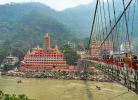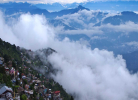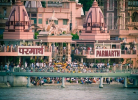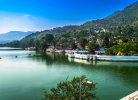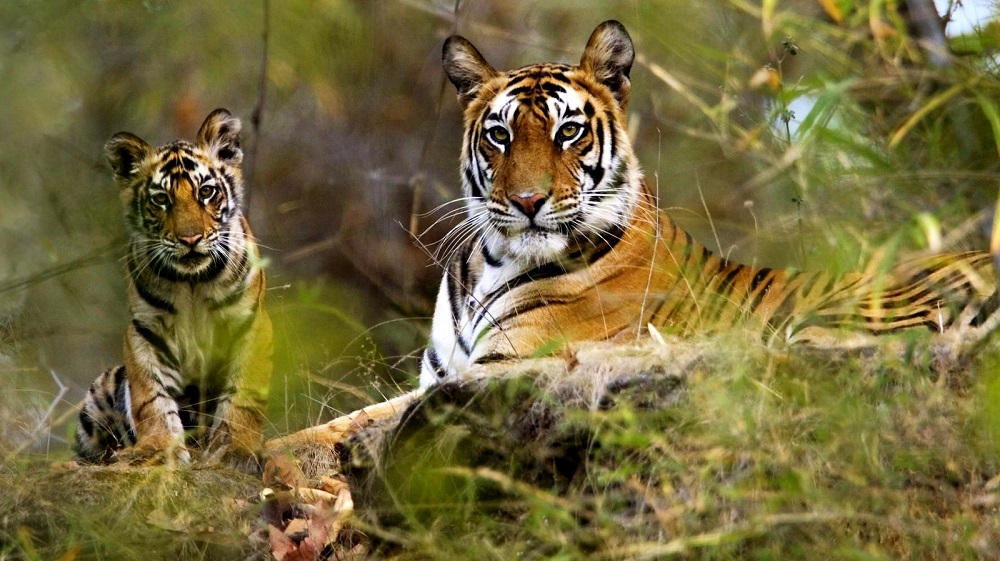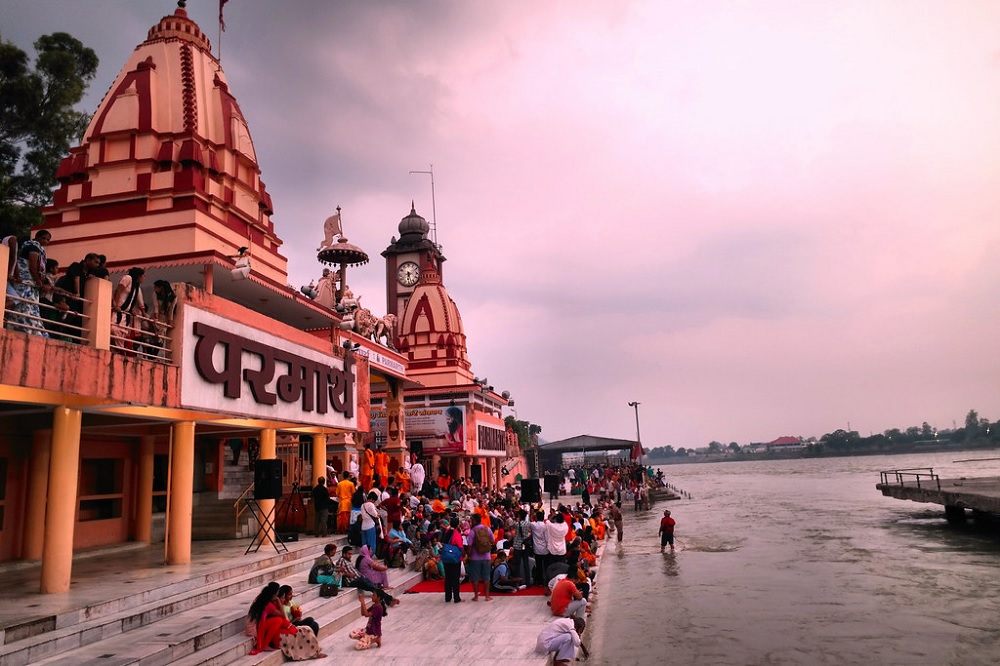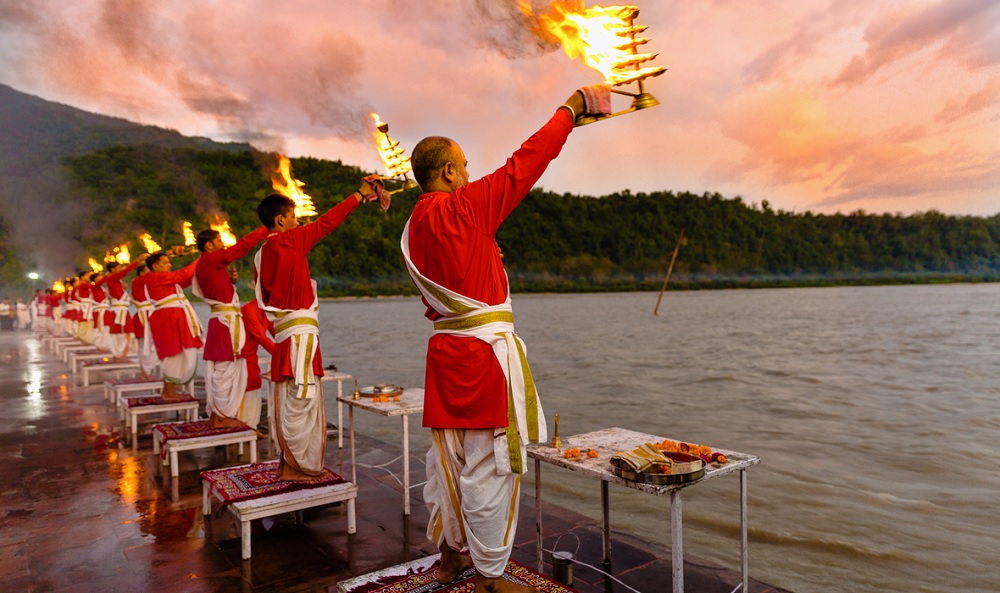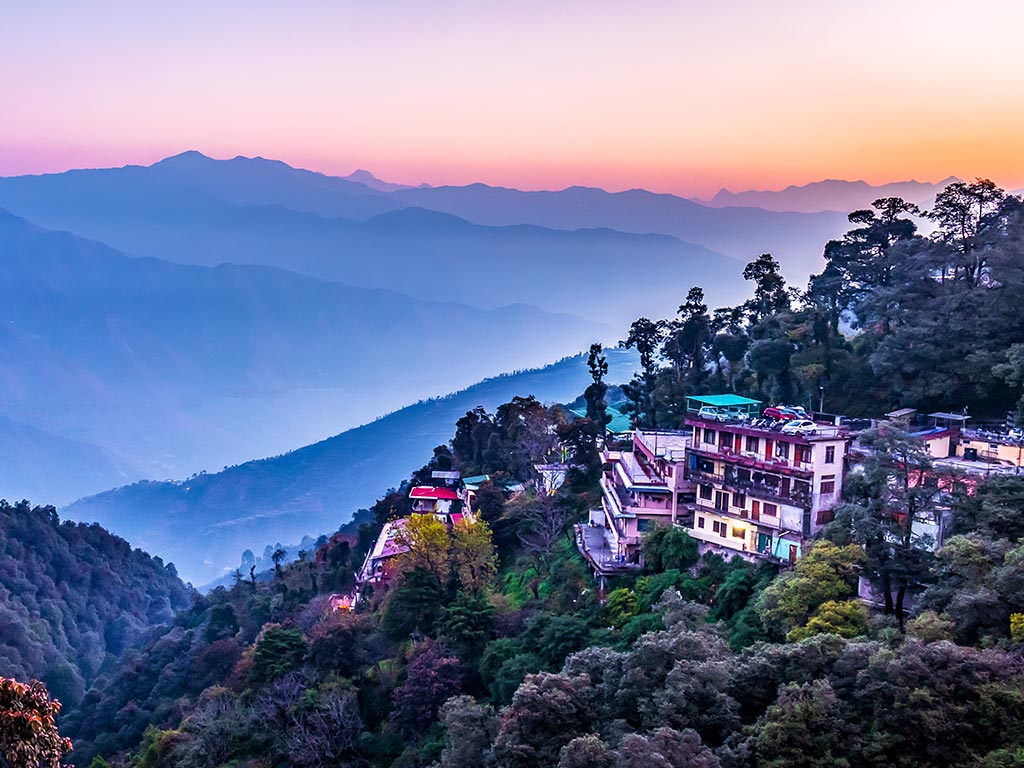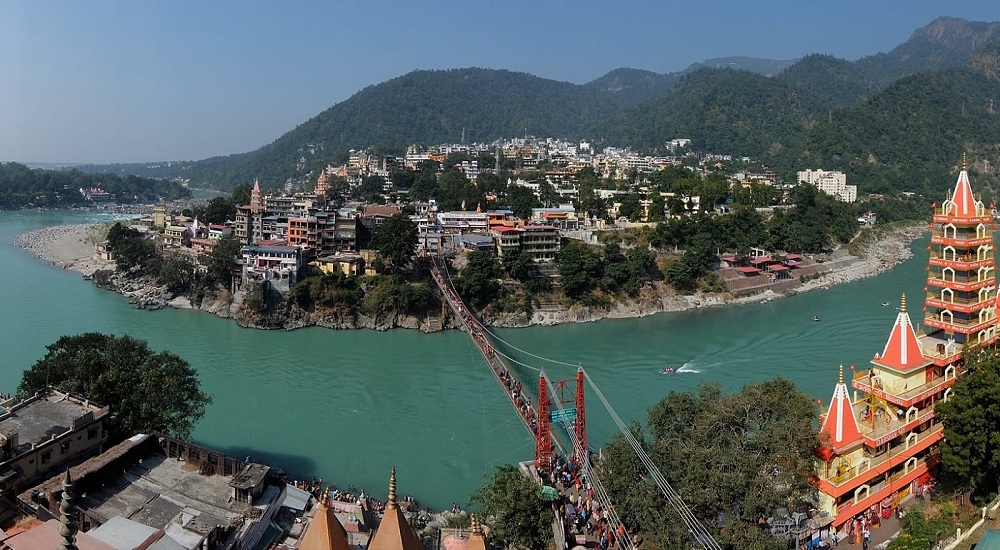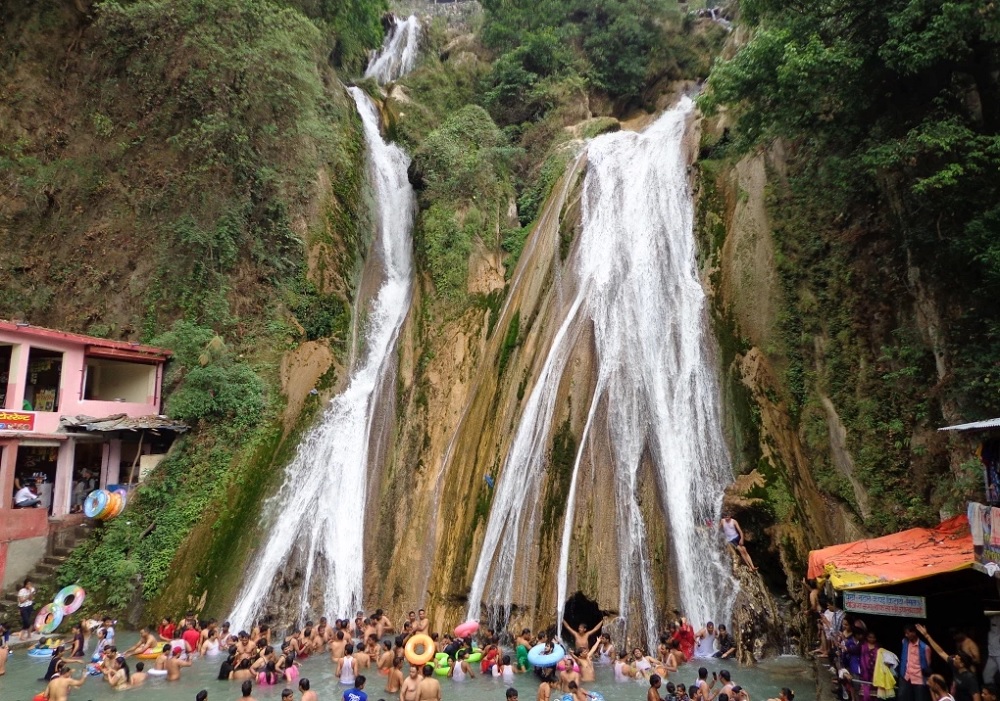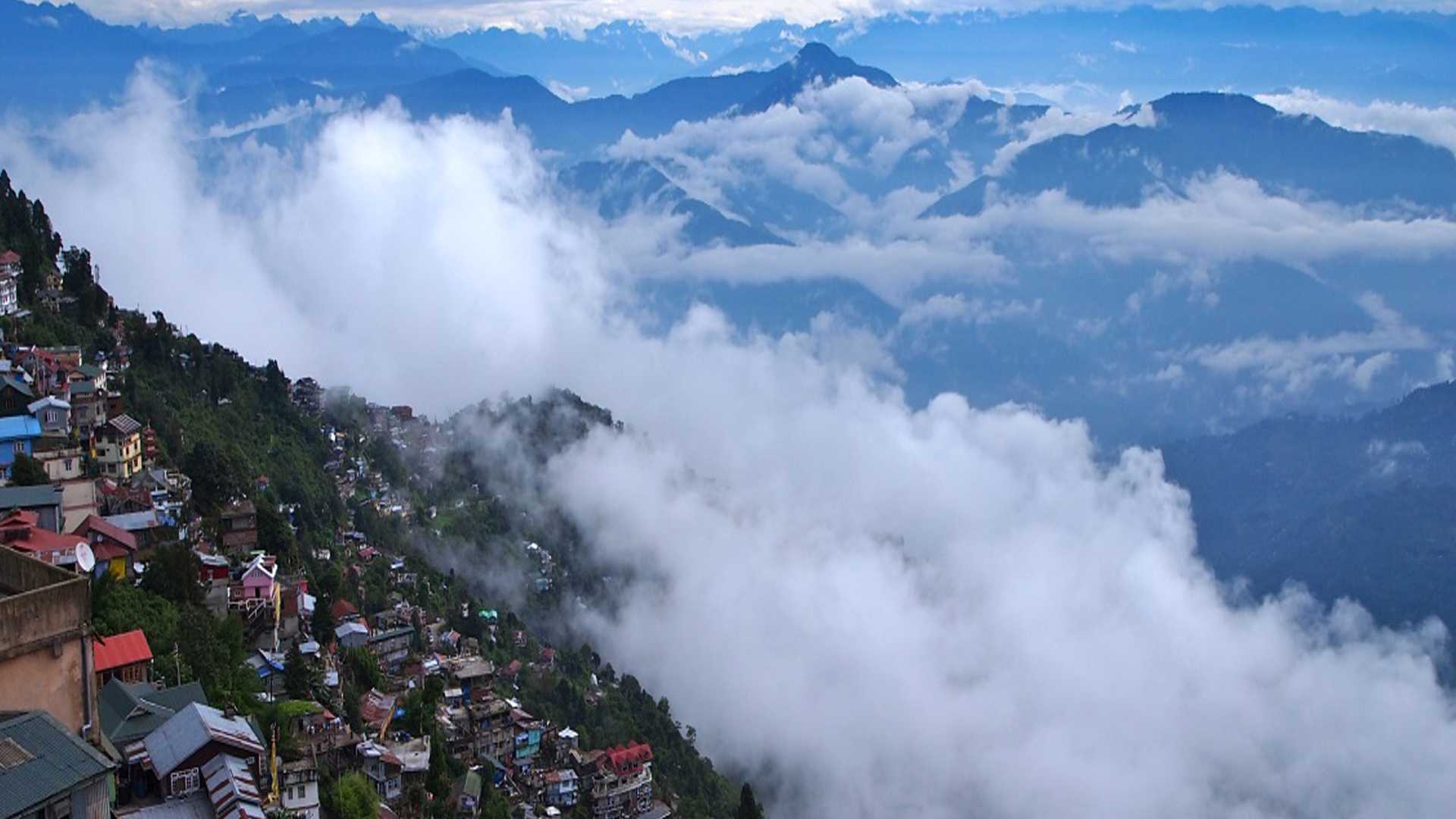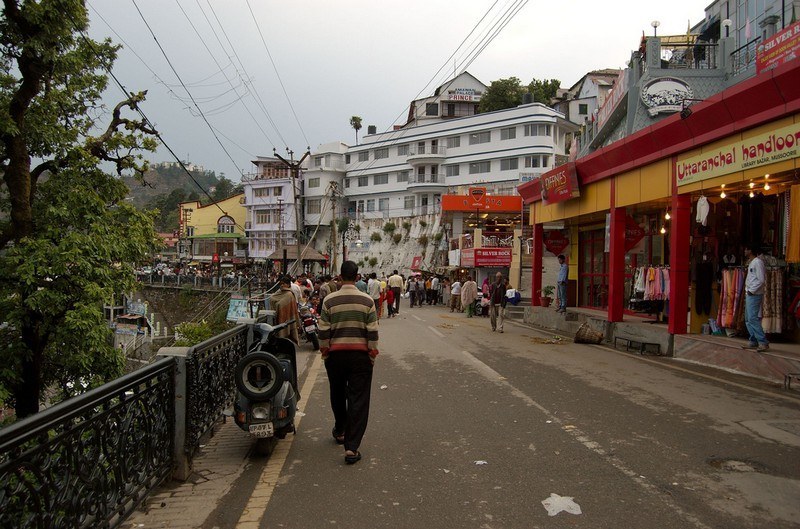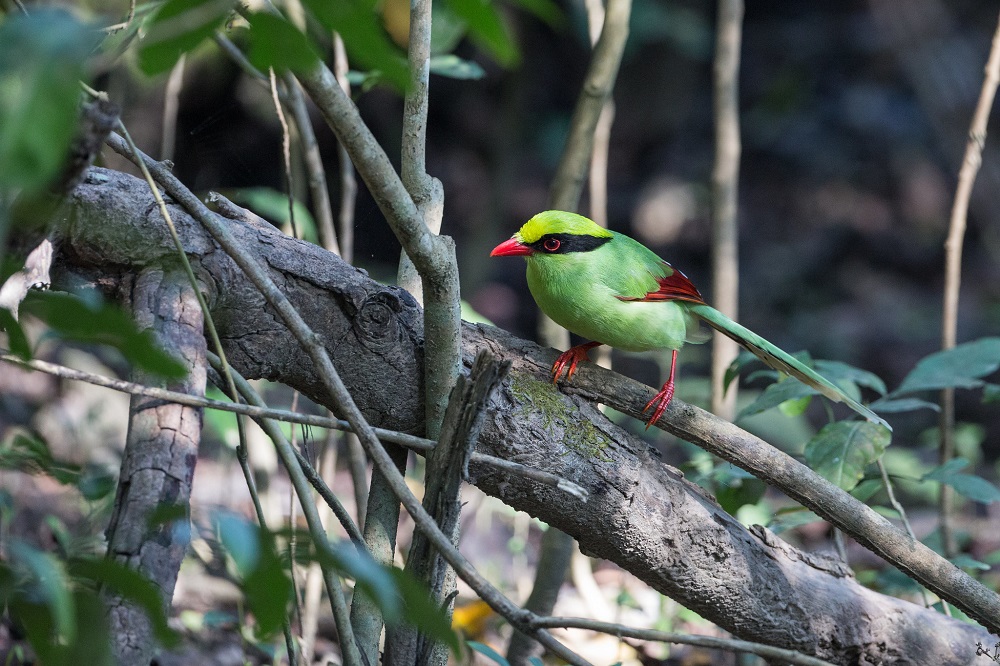Traditional Dresses of Uttarakhand for Men and Women
Uttarakhand is situated in the Northern part of India and here you will come across some of the best collection of culture and tradition. The heritage here is rich and has been very well preserved. The credit goes to the Pahari people who have constantly put in efforts to keep their cultural heritage alive.
The people here mainly comprises of the Garhwalis and the Kumaonis. There are a number of people belonging to different cultures who have come here stay and all these people are co-existing peacefully in this state. The music, the festivals, the dance and songs and also the dresses of the people in Uttarakhand are different from the rest of India.
Traditional Dresses of Garhwali Men and Women
Costumes of Garhwali Men
Most men here wear a lungi or a dhoti which is the lower garment and the upper garment is a kurta. The men here love wearing a head gear or a turban and this is also a part of their traditional costume. Men here also wear kurta pajamas and woolen jackets and sweaters. Mostly men are quite modestly dressed.
In most cases, it is observed that the head gears are worn by the older men and the younger men mostly wear topis. There are also some locals who wear suits and coats and this is mostly because of the British influence.
During the wedding, the men wear a kurta that is yellow in color and pair it up with a dhoti. The fabric of the garments depend on the weather conditions here. In most cases the attire of the men are made of cotton and the fabric is woolen in colder areas.
Costumes of Garhwali Women
The women who stay in the Pithoragarh part of the state in most scenarios wrap a saree around them and this is called sarang. They then give proper pleats just as it is done with a normal saree. The only difference with a saree is that while the pallu goes to the left shoulder when tying a saree, but here the pallu is again tied round the waist in order to ensure that the portion that is decorated comes in the front.
Thus the saree pallu does not interfere in the daily work as the Pahari women are believed to be extremely hard working. They often wrap a shawk around their waist and this resembles that of a waist band. On top of a full sleeve sweater, they also wear a blouse. This helps them to be completely equipped for the chilly winters.
The women here are very particular about the way they tie their sarees because they want to keep their culture and tradition alive. The married women normally wear silver ornaments and these are called Hansuli. This decorates the neck of the bride. There is also another ornament called the Guluband which resembles the choker is also worn by these women.
Suggested Uttarakhand Tour :
Traditional Dresses of Kumaoni Men and Women
Costumes of Kumaoni Men
Though the Garhwalis and the Kumaonis are quite different from each other, however, their attire is quite similar. To ensure that there is no problem in moving from one place to another, mostly the men of both these communities prefer wearing kurta pajamas.
They have to travel long distances on foot and therefore it is very much important for them to wear clothes that are comfortable. The men wear jewellery on their neck or hand and this is typical of the Kumaoni men.
Costumes of Kumaoni Women
The women in Uttarakhand wear a long skirt that is called Ghagri along with a choli and orni. The bridal dress of the local people here are lehenga, ghaghra and choli and also ghagra pichora or Rangwali. These Rangwali or the pichora are designed with silver and gold tatting.
The women who are married wear a black necklace that is designed in pure silver and gold. The ethnic people here also wear Sarong. This is a dress that is similar to a mantle and is tightened with a proper blouse. The Muslim veils also called the Rangwalis are very popular costumes in Uttarakhand. They are considered to be holy and are therefore often worn in marriages. They are also available in a variety of different colors.
Women who stay in the hilly region wear a ghagra that is a combination of a skirt and also shirt. There is a long petticoat and this is quite similar to a skirt and this is also accompanied with a full sleeve shirt that is also called Angra. This helps in keeping them warm during the chilly winters. In order to complete this look there is also a dupatta or an orhni.
The Kumaoni women wear a special type of red dupatta that has either a silver or a gold lace or gota. This is also called the pichhora or pinchhauda. The ghagra pichhora combo is slowly going out of style.
What do the Tribal communities of Uttarakhand Wear?
This is a state that is known for the variety of tribes staying here. It is for this reason, also considered to be a very unique destination to spend your holidays. Some of the most well-known tribal communities here include the Bhotia, Raji, Jaunsari etc.
The tribal communities are very particular about their roots. They respect the other fellow paharis and through their traditional clothing, they try to keep the culture of their ancestors alive.
Attire of the Jaunsari Tribe
People of this community believe that they are the direct descendants of Pandavas. Their way of dressing up is quite different from their other pahari brothers and sisters. They wear very colorful jewelleries and also clothes and this provides them with a sense of uniqueness.
The men belonging to this community also wear bold jewelleries that include necklaces and also kadas. These are a sign of their traditions. They also wear Digwa, which is a woolen cap. The women hear wear a ghaghra, a dhantu that is also referred to as a scarf and also a woolen coat. This helps them to keep themselves warm during the cold winters. On the special events, they wear long coats that is called Lohia.
Attire of the Bhotiya Tribe
This is a tribe that you will find in the interiors of Uttarakhand and the ethnicity of this tribe goes back to the Mongoloids. The places where they reside is extremely cold and therefore their clothes are designed in a way so as to ensure that they are able to deal with the cold weather. They make coats, shirts, waist coats, skirts etc. out of woolen yarn. The women here wear rings that are quite large.
Apart from this they also wear jewelleries that are made of silver and gold. The men wear a trouser and they wear a loose gown on top. They also tie a patta round their waist which is again woolen. They also wear a cap.
The people living in the urban areas of Uttarakhand, however, wear dresses that are quite modern and traditional clothes are losing their popularity here.


